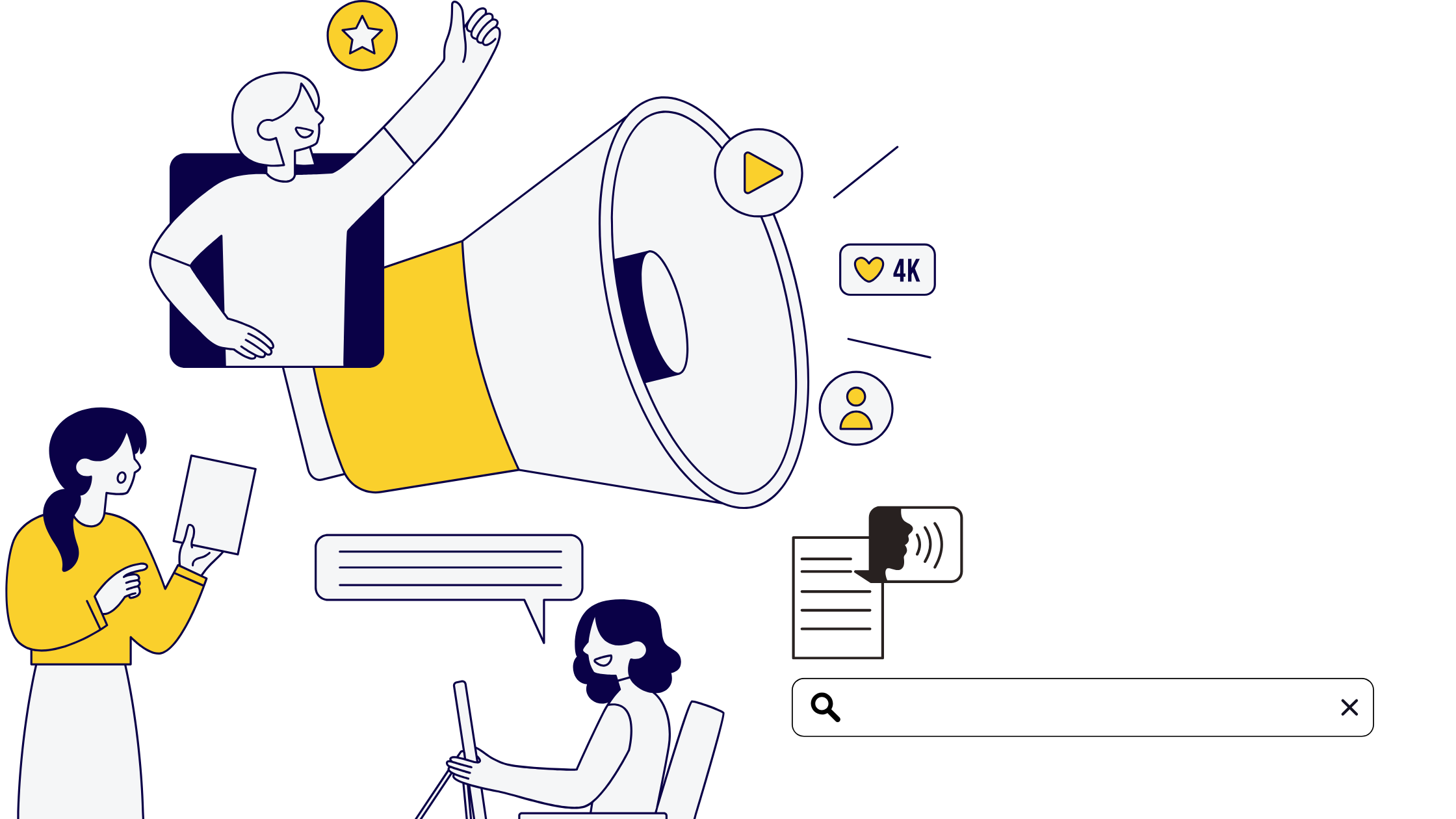The importance of a well-optimized landing page cannot be understated in the digital era, where attention spans are shrinking and competition for online visibility is severe. A landing page is the portal to your website, the initial impression that might entice or repel a visitor. Understanding the psychology of user engagement is critical for building landing pages that attract, retain, and convert visitors into buyers. We’ll look at the important psychological principles that may be used to optimise landing pages for optimal user engagement in this article.
First Impressions Matter
The “mere exposure effect” proposes that people develop a preference for items just because they are familiar with them. This idea should be applied to your landing page by having a visually appealing design, clear branding, and an engaging headline. Users should be able to recognise your brand and feel a sense of familiarity right away, establishing trust and attention right away.
Clarity and Simplicity
Human attention is a finite resource, and when people are bombarded with information, they soon lose interest. Maintain a clean, uncluttered, and easy-to-navigate landing page. Use succinct and appealing copy that effectively expresses your value offer. A clutter-free design minimises cognitive burden, allowing users to absorb information and take the intended action more easily.
Visual Hierarchy and Focal Points
The human eye is naturally drawn to certain elements on a page before others. Understanding and utilizing visual hierarchy can guide users through the content in a way that aligns with your conversion goals. Place important elements such as headlines, call-to-action buttons, and key visuals strategically to create focal points that capture attention and lead users towards the desired action.
Emotional Appeal
Emotions are important in decision-making. Use familiar pictures, engaging storytelling, and emotionally resonant language to connect with your audience on an emotional level. Connecting emotionally enhances the likelihood of user involvement, whether it’s highlighting the benefits of your product or service or addressing any pain issues your audience may have.
User-Friendly Forms
Keywords are essential for pay-per-click (PPC) campaigns in internet advertising. Your advertising can show up when consumers search for particular terms by placing a bid on those phrases.
Conclusion
A thorough understanding of human psychology and behavior is necessary for optimizing a landing page for user interaction. You may design landing pages that not only grab visitors’ attention but also direct them toward conversion by utilizing concepts like the mere exposure effect, visual hierarchy, emotional appeal, and trust-building techniques. It will be easier to make sure that your landing pages keep improving and successfully address the psychological demands of your audience if you test and refine them frequently in response to user input. Recall that a well-designed landing page is more than simply an online storefront; it’s an effective persuasive tool that asks visitors to join you on your trip around the internet.
Click here to have an overview of The Psychology of PPC







